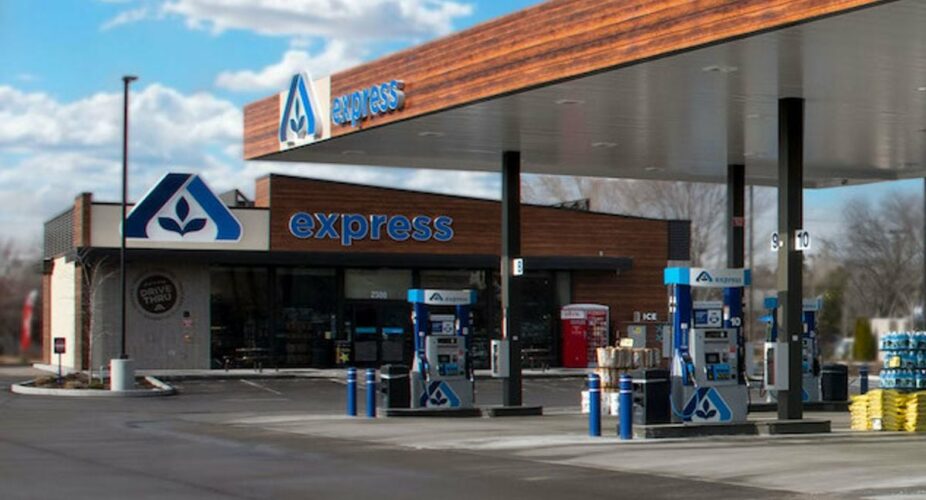The move, if approved, would make Kroger a significant player in the space, with more than 2,000 fueling centers, according to Oil Price Information Service (OPIS).

Kroger sent shock waves through the grocery and retail industries when it agreed to acquire rival Albertsons for over $24 billion earlier this month. If approved, the merger would create a supermarket chain of immense size and scale that can compete with the non-grocery competitors like Walmart, Amazon and Dollar General that continually pressure the industry.
But the acquisition has major implications for the c-store and fuel industries, too.
A little-discussed aspect of the deal is the fact that a combined Kroger and Albertsons would operate over 2,000 fueling centers nationwide, with a market share that’s on par with 7-Eleven and Circle K, Fred Rozell, president of price-reporting agency Oil Price Information Service (OPIS), said in an interview.
Fuel is a big part of Kroger’s business. In 2021, Kroger’s total fuel sales hit roughly $14.7 billion — its most since 2018 — up over 50% from around $9.5 billion in 2020.
If the merger goes through, Kroger would have a fuel market share of 5.76% based on canopy visits, Rozell said. When asked to elaborate on this, Rozell explained that OPIS anonymously tracks and geofences millions of cell-phone locations at fuel retailers. OPIS then extrapolates the percent of overall visits happening under those canopies versus those at other c-stores and gas stations.
With 7-Eleven’s market share being 7.46% and Couche-Tard’s at 6.69%, according to OPIS, Kroger’s 5.76% would make it a juggernaut.
“[Kroger and Albertsons] are individually big players in the market, but combined, they’ll be one of the major players,” he said.
Additionally, Rozell said Kroger would operate 1.59% of U.S. fuel outlets, giving the company an efficiency rating of 3.62 — “indicating very high per-store volumes,” on par with top chains such as Wawa, Sheetz and RaceTrac.
“They’re up there with some of the bigger players in the space,” he said.
On a state-by-state basis, Kroger’s fuel presence would be strongest in Oregon, Washington and Alaska, “with a lot of room for growth in other parts of the country,” Rozell said. Kroger and Albertsons currently have a higher percentage of fuel visits in these regions compared to other brands, he said.
“When I look at the overall visits of all fueling outlets in those states, [a] combined Albertsons and Kroger gets the highest percentage,” he said.
Kroger would also become the owner of Albertsons’ 54 convenience stores — marking Kroger’s re-entry into fully owned convenience stores in the U.S., after selling all but 21 of its nearly 780-store network to EG Group in 2018 for over $2 billion.
Kroger did not respond by press time to a request for more information about what it plans on doing with Albertsons’ convenience-store network.
Albertsons debuted its c-store brand, Albertsons Express, in 1997, but divested those and other stations from 2008 to 2013. The grocer gained a large number of gas stations when it purchased Safeway in 2015, and debuted its updated Express c-store concept in 2017. Currently on its website, Albertsons says it operates seven Albertsons Express c-stores throughout Idaho, Louisiana, Nevada, Oregon and Texas.
Rozell said he has “no idea” what Kroger plans to do in terms of the c-store space, but that the company has room to expand geographically around the country. He also noted that the merger doesn’t change much for the larger players in the c-store industry but may make things more difficult for small and mid-sized chains.
“I see a lot of the big chains getting bigger — growing through acquisitions or new builds,” he said. “It’ll be hard for a lot of the smaller independent operators to compete if the big chains keep getting bigger.”
Subscribe to our free mailing list and always be the first to receive the latest news and updates.
